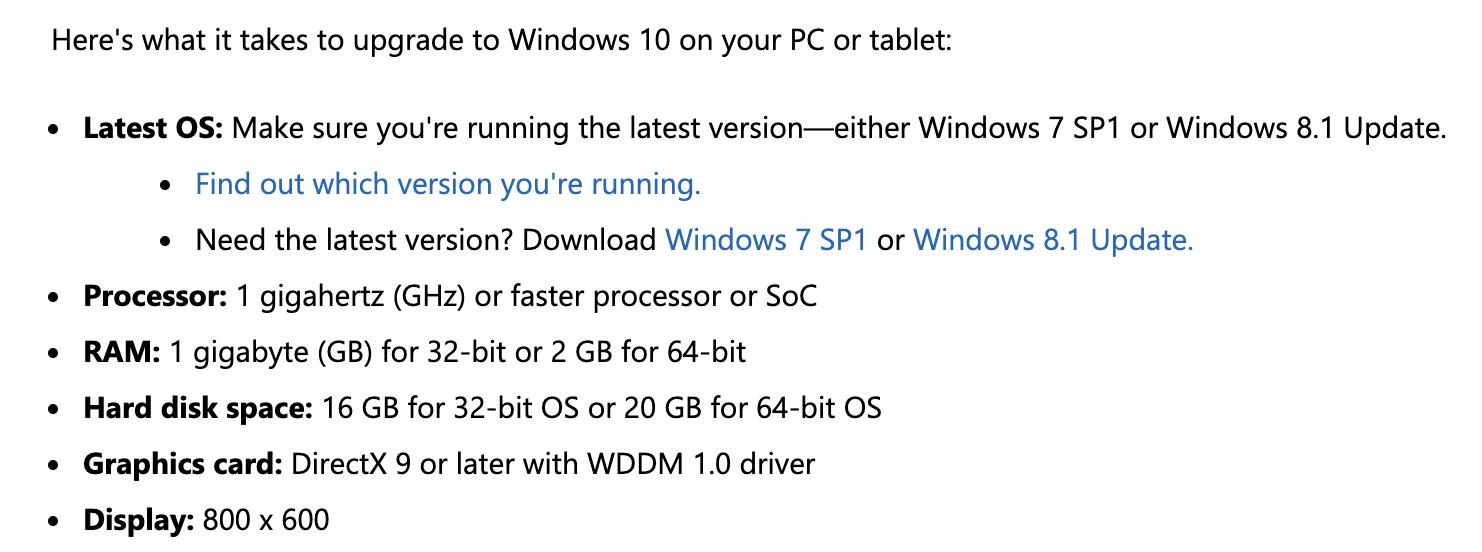What the End of Windows 7 Support Means for You and Your Data
There is no doubt that Windows is the most popular operating system for desktop and laptop computers in the world. Home computer owners across the globe have been using Windows for decades now and have become familiar with its various capabilities and limits. Because most of us who use Windows are not computer pros, we’ve relied on Microsoft support to keep our computers, as well as our most important data, safe from viruses.
Unfortunately, on January 14, 2020, Microsoft suspended its Windows 7 support program which will, no doubt, affect the way millions of people use their computers and store their data.
Though Microsoft has prompted its customers to switch to their premiere operating system, Windows 10, over the last year, many consumers are wondering if this change is necessary.
So, if you are currently operating Windows 7 and curious about what this development means for your computer and data, here’s everything you need to know to make an educated decision about what to do next.
No More Security Updates for Windows 7
Let’s be clear. Windows 7 support shutting down doesn’t mean that your Windows operating system will stop working. However, it does mean that your computer will be more vulnerable to malware attacks in the future and that all of the data on your drive is currently at risk from these invasive programs.
That’s because Microsoft will no longer provide security patches and updates for your computer. If you’re thinking this is a big deal, you’re right. Ever since Windows 7 was released in 2009, Microsoft has offered its customers monthly security patches that Windows Update automatically installed which helped keep your computer safe from various viruses. But all of that is over. With the suspension of Windows 7 support, your Windows Update will no longer install these patches, meaning you need to be extra careful with your data storage.
So, What Can I Do to Make Sure My Data Is Safe?
Good question. The simplest solution is the one that Microsoft recommends. That is, purchasing a new device that comes with Windows 10 already installed. Though this might be costly, the ease of it will appeal to many consumers.
All you need to do after you purchase your new device is migrate your files from your computer running Windows 7 to your new computer, and you’re all set. You could do this by using a cloud drive, external hard drive, transfer cable, or PCmover® Express. The transfer itself will be fairly inexpensive, depending on which method you choose, and can be completed in a relatively short amount of time. So, again, as Microsoft claims, this might be the best choice for many Windows 7 users.
Another option is to download Windows 10 for your current computer. This option, although feasible, can be a little messy and might, in the long run, cost you more money than buying a new computer.
This is because Windows 10 costs about $139 for the standard version and a little under $200 for the pro version. You can shop around for a cheaper package, but the bottom line is buying a new laptop might cost you around the same amount of money, depending on your requirements.
Remember, if you do choose this option, though, your current computer needs to be compatible with Windows 10.

I Want to Stick with Windows 7
If you want to stick with Windows 7, backing up your data on an external hard drive often is an excellent way to ensure that you won’t lose your most important files. Luckily, external hard drives are fairly inexpensive and easy to use. Simply, purchase one within your price range, plug it into your PC or laptop, and you’re on your way.
But remember to do this as frequently as possible. If you’re saving files to your external hard drive sporadically, you might lose important data.
Another useful option is to run data recovery software like this super helpful package from Prosoft Engineering which allows you to recover lost or deleted files from your device. The best part about data recovery software like this is that it is inexpensive, coming in at less than $100, and can recover your files in minutes.
All you need to do is download the software and run it on your device. Prosoft’s Data Rescue software will even provide you with thumbnails, so you can easily see which files have been recovered before you return them to your device.
So, take the time to weigh your options when considering whether or not you should switch to Windows 10 now that Windows 7 software support has been suspended. Nobody wants to lose their precious data because they were unprepared or uninformed about this latest development.